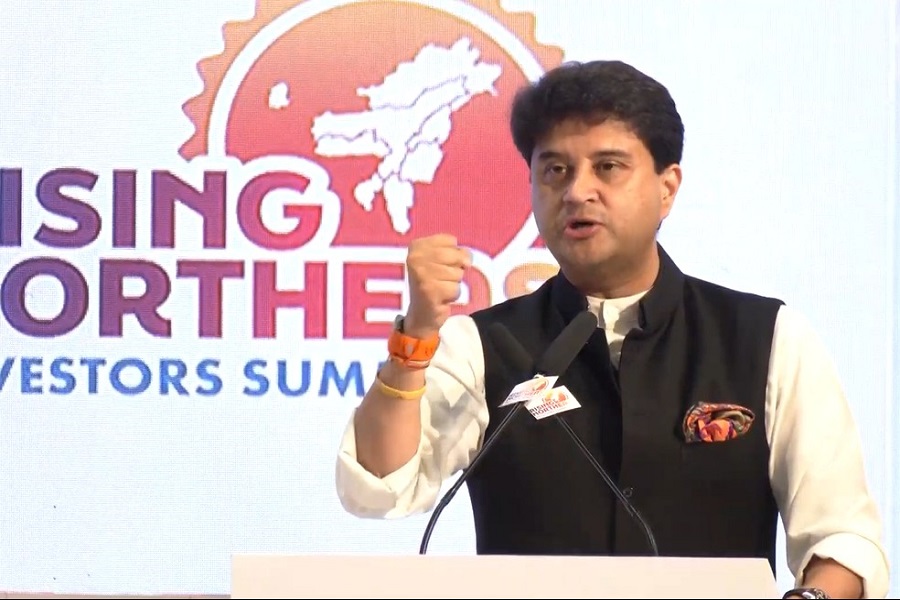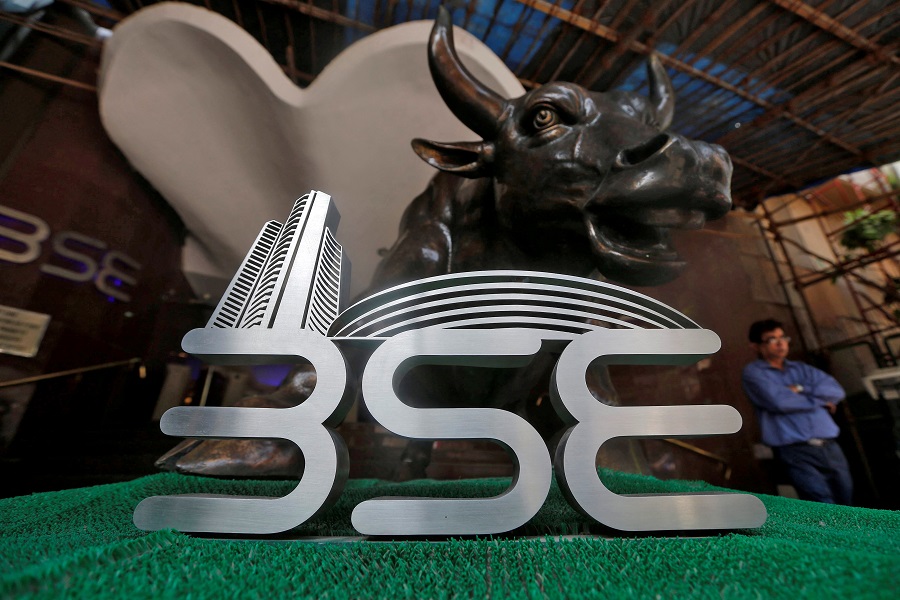Debt Market Observer By Pankaj Pathak, Quantum Mutual Fund

Below are Views On Debt Market Observer by Pankaj Pathak, Fund Manager-Fixed Income, Quantum Mutual Fund
Will Foreigners ‘Bond’ with India
In the September edition of the Debt Market Observer – Reluctant Normalisation, we wrote about the unprecedented increase in the liquidity surplus due to RBI’s buying in the foreign exchange and the bond markets. We also speculated on the possibility of a reduction in the RBI’s bond purchases in the second half of FY22.
In the monetary policy review held on October 8, 2021, the RBI announced to terminate its committed bond buying program commonly referred as ‘G-SAP’. Since its introduction in April this year, the RBI has purchased long term government bonds worth Rs. 2.2 trillion (including Rs. 300 billion of simultaneous buy and sale of bonds) under this program.
Chart – I: RBI flooded the market with liquidity

Supply Pressure
With the termination of G-SAP, imbalance in the demand-supply dynamics in the Indian debt market has resurfaced. Net Market borrowings of the Centre government has almost doubled in the last two years. The pace of increase in bond issuance has made it difficult for the demand side to catch up with supply.
Given the government’s extended fiscal roadmap of lowering the fiscal deficit to 4.5% of GDP by FY 2025-26, the supply side picture is unlikely to improve in any notable way in the years to come. Moreover, high bond maturities between 2022-2028 will add to the gross supply of government bonds over this period.
Chart – II: High Redemption Pressure will keep Gross Borrowing Elevated

Buyer of last resort
In the last three years, the RBI voluntarily took the responsibility of filling the demand-supply gap in the bond market to keep the market interest rates anchored. It expanded its balance sheet by way of bond purchases and relaxed HTM (Held to Maturity) norms for banks to tempt them into investing in government bonds.
Chart – III: Indian Banks piled up government securities after the Covid-19 shock

With the change in the monetary policy direction, the RBI may not remain that supportive to the bond market going forward. At the same time, demand from commercial banks may also fall as credit growth picks up, especially given the fact that over the last two years banks have piled up a significantly larger quantum of government bonds over and above the regulatory requirement.
Chart – IV: Banks and the RBI hold a major chunk of government bonds

Index Inclusion
As these demand sources have started to fade somewhat, there is an urgent need to create a new demand source in order to keep the market function smoothly. In this context, a ray of hope is seen in the recent rebound in the foreign investors’ demand for Fully Accessible Route (FAR) eligible government securities. Since July 2021, foreign portfolio investors pumped in about USD 1.2 billion into these securities.
Chart – V: FPI have shied away from Indian Debt Since 2018

Recent media reports and comments by senior government officials suggest that significant progress has been made towards inclusion of Indian Government Securities in the global Bond Indices. As per
the Principal Economic Advisor Sanjeev Sanyal – Preparatory work for the inclusion of certain categories of government securities on global bond indices is almost over and some announcement on this plan is expected this fiscal.
Investment banks like Morgan Stanley and HSBC expect the announcement of index inclusion in the JP Morgan’s GBI-EM Index to come by early 2022. While few others expect that to happen by end of 2022 or early 2023.
JP Morgan in its recent index review said that “India (INR) government bonds are on track to be placed on Index Watch (observation period) for eligibility to the GBI-EM GD”. As per the agency “India is the largest ‘off-index’ market with the potential to reach a 10% allocation in the GBI-EM GD”.
It also noted that “ability to access the market through international central security depository (e.g. Euroclear), and clarity on taxes are the key remaining hurdles”.
The RBI Governor Shaktikanta Das, in a media interview, remarked that policymakers are making efforts to enable international settlement of transactions in government bonds. Reports also suggest that the government is trying to sort out taxation issues with Euroclear to facilitate listing of Indian debt. This gives us a sense that index inclusion is highly likely in 2022.
New Demand Source
Indian bonds are grossly under-owned by foreign investors at less than 2% of total outstanding stock. Thus, index inclusion should attract large foreign inflows into the Indian bond market. Estimates are ranging between USD 30-40 billion of potential net inflows in the first year followed by annual inflows of close to USD 20 billion.
Chart – VI: Indian Bonds are under-owned by foreign investors

Index inclusion should bring in a sustainable source of demand and help in the development of a vibrant bond market over period. It should also force fiscal and monetary discipline among the respective authorities which will over time bring down the risk premium in Indian bonds and effectively lower the cost of debt capital.
On the negative side, the correlation of Indian bonds with the global bond markets may increase; thus, making it more sensitive to global monetary policy and macroeconomic events which are out of control of the Indian policy makers. All in all, we believe benefits will outweigh these risks over medium to long term.
Outlook – Opportunity in the Steepness
Investors often pre-empt market events. Thus, there is a case for positioning in the government securities which are part of the fully accessible route (FAR) and are eligible for index inclusion. We expect FAR securities to command premium over non-FAR securities over the medium term.
In the near term trajectory of bond yields will be determined by –
* Movement in the crude oil prices,
* Pace of QE ‘Taper’ by US Fed, and
* Pace of monetary policy normalization by the RBI.
After the recent sell-off, valuations have become more comfortable at the longer end of the yield curve. However, absence of assured RBI buying (G-SAP) and rising crude oil prices, there is a risk of further selloff in the long term bonds.
At the shorter end, bond valuations are guided by the pace of policy normalization and the RBI’s liquidity management. Given the expectation that the RBI will kick start the rate hike cycle in December 2021 policy, the short end of the yield curve is poised to move up.
Nevertheless, uncharacteristically high term premia (yield spread between short and long maturity) at the 3-5 year part of the yield curve is offering a significant roll down potential and thus a reasonable margin of safety in the rising rate environment.
In our opinion, much of liquidity normalization and some initial rate hikes are already priced at the current valuations in 3-5 year government bonds. Persistently high surplus liquidity should also help this part of the bond yield curve.
Chart – VII: India Sovereign Yield Curve is steepest in a decade

Portfolio Allocation - Balanced and Dynamic
Given the above-market view and need for balanced risk exposure, Quantum Dynamic Bond Fund (QDBF) is currently positioned at the 2-5 year part of the yield curve.
We continue to seek opportunity in the longer end bonds for a tactical trading position. Given the expectation that the terminal Repo Rate in this cycle will be much lower than the pre-pandemic normal(refer Investing in the New Normal), valuations do look attractive even at current levels. However, in the current environment with rising crude oil prices and lesser RBI support these bonds carry very high risk. We would wait for some for these risks to subside before taking a position in the longer end bonds.
We understand that the economy and markets are currently adjusting to an unprecedented shock. There are too many moving parts and things are still evolving. Thus, any forecast about the future is susceptible to change based on policy responses from the government and the RBI and changes in global markets.
We stand vigilant to review our outlook as and when new information comes. We retain our right to remain dynamic in our portfolio construction to respond to the evolving economic and market conditions.
To Read Complete Report & Disclaimer Click Here
Above views are of the author and not of the website kindly read disclaimer

















